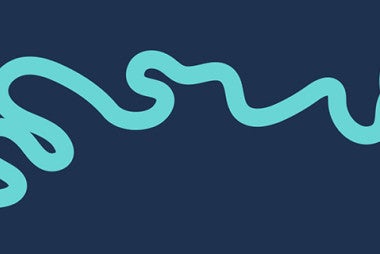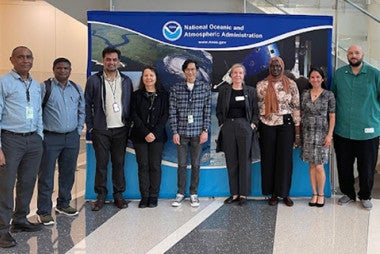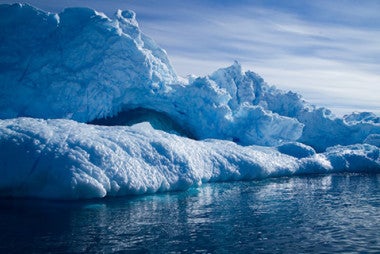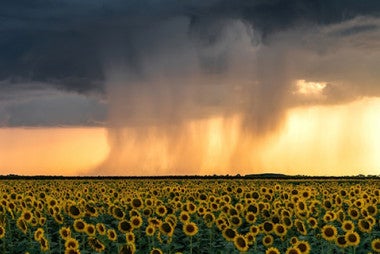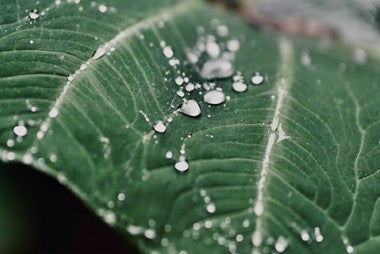Firsthand Experience Onboard the Okeanos and Beyond
CPAESS is delighted to partner with NOAA’s Office of Ocean Exploration for the Explorer’s In Training program which provides summer internship opportunities to students to train the next generation of ocean explorers, scientists, engineers, and communicators. This summer the program hosted 15 more students with this exceptional opportunity.
Since 2009, NOAA Ocean Exploration and UCAR | CPAESS have hosted 195 Explorers-in-Training. This program equips participants with skills to meet the current and future demands of the ocean exploration workforce, providing meaningful experiential learning opportunities that support NOAA Ocean Exploration’s mission and inspire ocean literacy for the next generation. The program features two internship options including 2 to 4-week expedition-based opportunities, and 10-week shore based opportunities. The 10-week internships give students an opportunity to develop their skills and knowledge through long-term projects supported by NOAA Ocean Exploration mentors. The 2 to 4-week expedition-based internships involve participation in specific NOAA Ocean Exploration-supported expeditions, giving participants the chance to contribute to mission efforts while gaining tangible skills that can benefit their future pursuits.

Explorer In Training Cameron Kuhle who learned seafloor mapping aboard the Okeanos this summer.
The 2-4 week Hydrology and Seafloor Mapping internship is aboard the NOAA Ship Okeanos Explorer which is the only federally funded vessel specifically designated purely for ocean exploration. This summer’s students included 12 students for the expedition based mapping internship: Dana Carris, Cameron Kuhle, Brett Woodworth, Rebecca Ruiz, Rose Leeger, Ranna Zahabi, Joseph Guzek, Brianna Gomerez, Mary Ella Rinzler, Adrianna Ebrahim, Ingrid Martinson, and Jonathan Griffiths. Their internships focused on hydrography and seafloor mapping (offshore, expedition-based, 2-4 week internship). Mapping the seafloor via NOAA Ship Okeanos Explorer is an integral part of NOAA Ocean Exploration’s mission, providing critical bathymetric data needed to achieve a baseline understanding of previously unexplored areas. Participants will support mapping operations by collecting and processing these data with support from experienced mapping technicians. Beyond seafloor mapping, these interns will also participate in water column and sub-seafloor mapping, and gain tangible skills in the use of geographic information system (GIS) software, and data management.
Among the interns who were able to learn aboard the Okeanos, Brett Woodworth explained “My specific duties on the ship were to utilize various software to collect and process different types of underwater data, including seafloor, sub-bottom, backscatter, and watercolumn data. I learned how to use the software’s Qimera and Fledermaus to collect and process multibeam sonar data. I cleaned the seafloor data, then one of the seafloor mapping coordinators would quality check the data. Every four hours, we launched an Expendable Bathythermograph (XBT) to measure temperature data throughout the water column to make sure we have accurate sound velocity readings for our sonars. Similarly, every day daily products were made for the previous day’s multibeam, backscatter, sub-bottom, and water column data. I made daily products for all these types of data during my internship.”
All of the data from mapping is open access and available to scientists. Even though Alaskan waters are well-mapped doesn’t mean it wasn’t exciting. “[N]ext to Semisopochnoi Island, we mapped an underwater volcano, Amchixtam Chaxsii, that hasn’t been mapped since the early 2000’s. Our data of this feature could be compared to previous maps to see what has changed in the structure of the volcano.” Cameron Kuhle added “We covered a transit swath across the Gulf of Alaska, discovering a new seamount and several seafloor seeps along the way, and then produced new bathymetry for a lengthwise section of the Aleutian Trench, near Bower’s Ridge, and surrounding an active volcano north of Unalaska. Despite occasional disruptions to data collection due to rough seas, the overall coverage was excellent. This data provides clarification for work done by previous researchers and mappers, and opens doors for many new projects related from seamounts to hydrothermal vents.”
Of the experience, Dana Carris shared “Through this incredible experience I was able to work with technologies and people I may have never been exposed to otherwise. The excellent guidance of the mapping watch leads, and the welcoming attitude of the crew have reassured me in my goal to pursue a career in ocean science and exploration.”
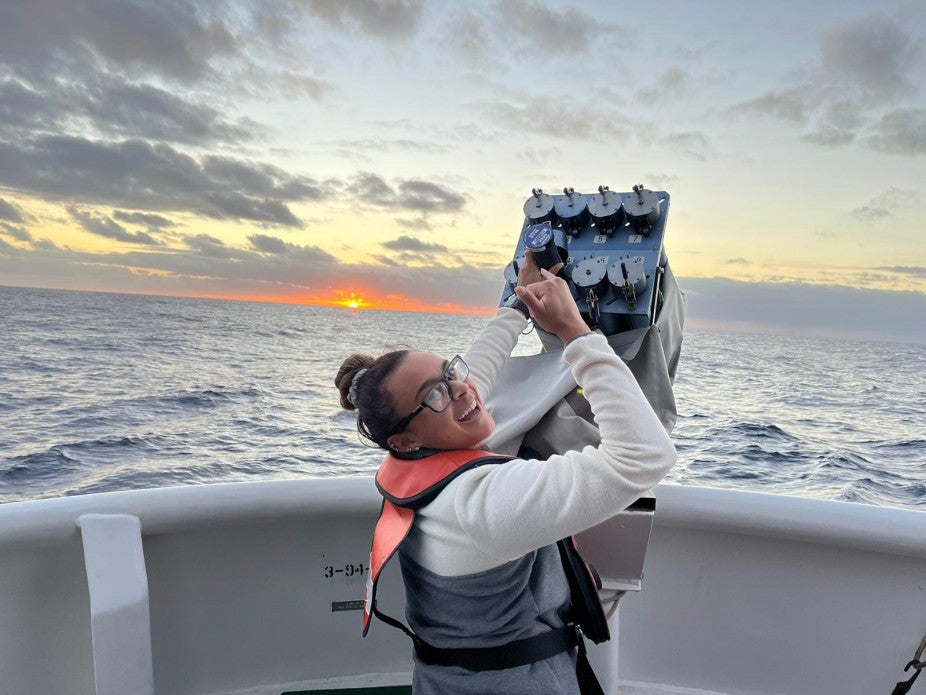
Jennifer Clifton, Explorer-in-Training, reloads an expendable bathythermograph (XBT) to collect ocean temperature data.
Photo courtesy of NOAA
Three additional students, Hannah Jarvis, Raymond Phipps, and Megan McDeavitt, were chosen for the Exploration Education, Media, and Science Communication shore-based, remote, 10-week summer internship. As NOAA Ocean Exploration strives to engage stakeholders and improve ocean literacy of learners of all ages through educational programming. To achieve the mission of community-driven exploration, the office employs a suite of communication strategies and media tools that bring discoveries to the public. Interns will work on cross-disciplinary projects to gain experience in scientific communication, ocean education programming, and the use of multimedia products. Themes for this internship included building upon previous work developing the “Deep Ocean Bites” video mini-series, that features “bite-sized” ocean facts using previously recorded footage of NOAA Ocean Exploration education team interviews with deep-sea scientists. Prospective interns should have basic skills in or comfort/familiarity with video editing and should have a foundational understanding of marine science concepts.
The other theme focused on exploration leading to discoveries that highlight areas, features, resources, and/or processes that are new to ocean science and need further study. To accomplish these discoveries, NOAA Ocean Exploration promotes the innovative use of existing technologies while investing in new technologies that will help to better understand deep-water areas and more effectively target future research efforts.
Congratulations to all the Explorers In Training in completing this unique internship experience. Applications for next summer’s NOAA Explorers In Training will likely open at end of 2023 or the beginning of next year. Find out more about this wonderful opportunity!
